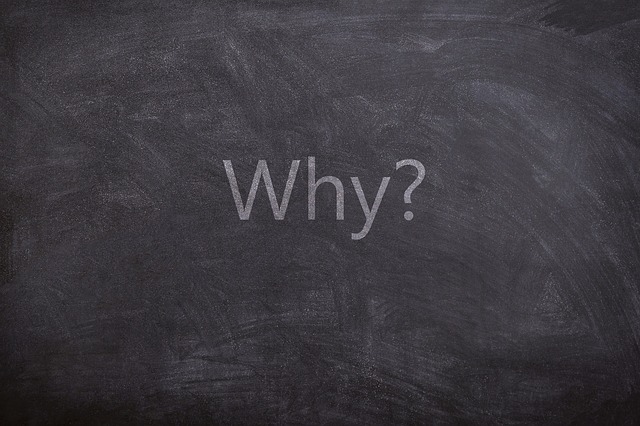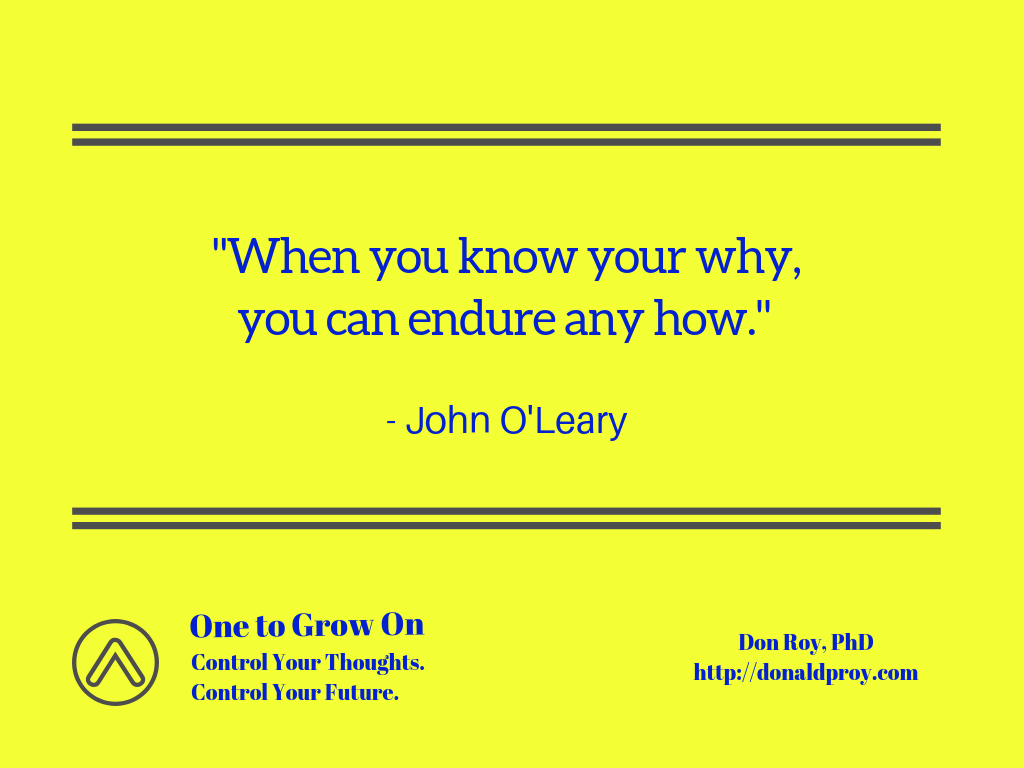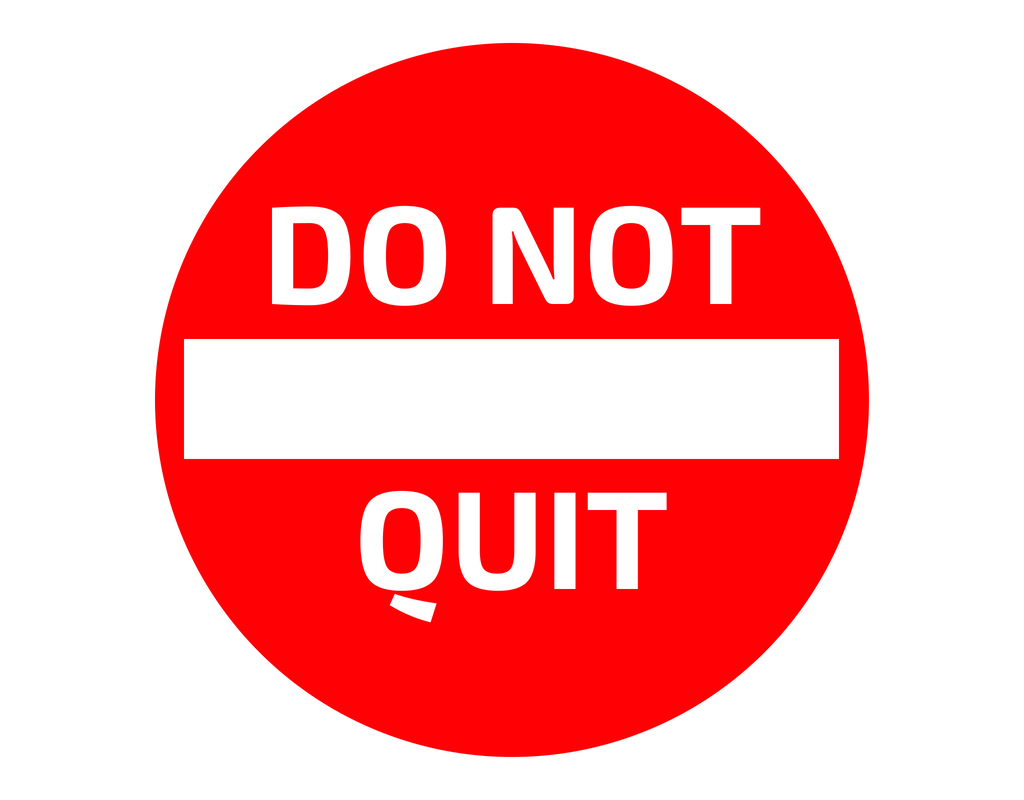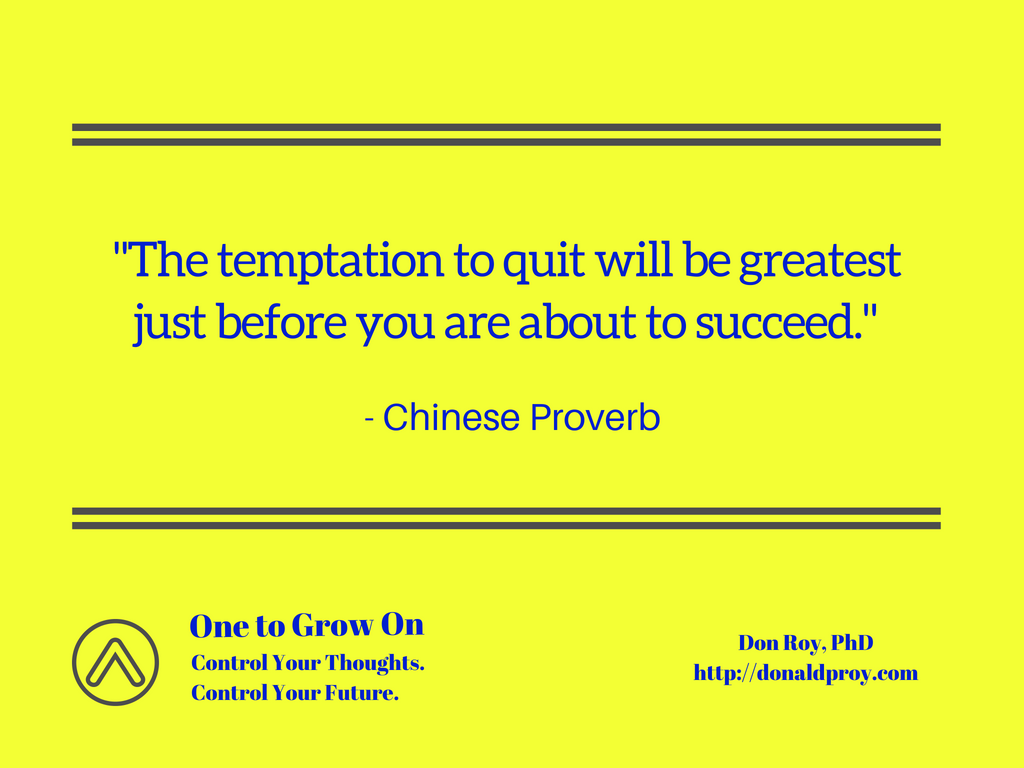
Fear is an emotion that is common in daily life. The triggers of fear and the extent to which it grips us varies from a single, quirky reaction to a debilitating phobia that hinders quality of life. In some instances, fear is healthy as it keeps us out of danger (e.g., obeying a sign that suggests we not get too close to the edge of a cliff). Other instances in which we experience fear can be an overreaction to a situation (e.g., worrying about what people will think of me when I get up to speak).
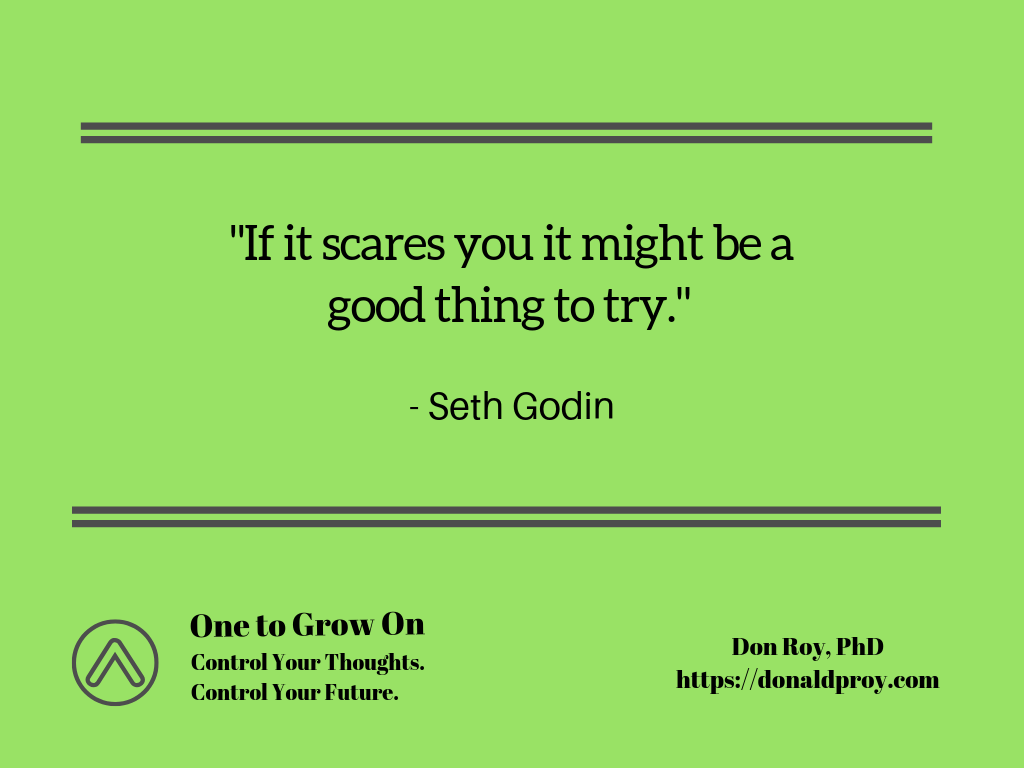
Why We Let Fear In
We can use fear as an impetus to act or excuse to withdraw. Author and marketing expert Seth Godin encourages us to allow ourselves to be scared. Are you up for doing the very thing that is the source of worry the next time you are scared ?
It is sad that we enable fear to have power over us in work, relationships, hobbies, and more. Why do we give fear free rein to hold us back? Among the reasons I have observed in my own behavior and others are:
Concern for physical safety. Worries about the effects of an activity on our physical state are among the most common phobias. A list of 10 of the most common phobias includes acrophobia (fear of heights) and aerophobia (fear of flying). Two other fears on the list, arachnophobia (fear of spiders) and ophidiophobia (fear of snakes), are rooted in fears about how these creatures could harm. Although I do not have these fears, I empathize with persons who experience them.
Concern for we are perceived. Social phobia also is on the list of the most common fears. It is a broad category encompassing just about any social situation you can imagine: public speaking, small group interaction, even dining. We are afraid that others will see us as inadequate in some way and may even ridicule our shortcomings. Fear driven by concerns for how we are perceived ultimately are tied to our ego. We do not want to embarrass ourselves because pride could take a hit.
Instead of taking physical or emotional risk, fear holds us back from doing that thing that could harm us or make us look bad. Of course, that thing could also be a source of enjoyment and fulfillment… but we may never know.
Doing that Scary Thing
If you need an example of someone following Seth Godin’s advice, let us look to a young man who overcame a debilitating fear. A video widely circulated on social media recently chronicled the story of a boy named RJ. He had a fear that many people have: aquaphobia (fear of water). RJ’s father shared two videos of the child learning how to dive into water. In the first video, RJ is terrified. My heart broke for him as his body shook while he stood on the board, unable to coax himself to dive in the water.
The second video is also of RJ on a diving board, but the outcome is dramatically different.The uncontrollable shaking no longer grips him. After a few seconds of pondering action, RJ calmly plunges into the water. He did it! My guess is his reaction was similar to other children who overcome a fear to do something for the first time: “I want to do it again.”
RJ’s journey to overcome fear is one from which we can learn. Whether a fear is legitimate or imagined, it is a fear nonetheless. We must overcome fear in order to remove it as an obstacle. RJ’s story also reminds us that we must be patient sometimes when dealing with fear. It took him two years to go from experiencing terror to diving into the pool. The first step is being open to the possibilities of overcoming a fear. RJ could have sworn to never step foot on a diving board again. If he had, the awesomeness of diving into the pool would never have happened.
One More Thing
A final takeaway from RJ’s story of overcoming aquaphobia is a reminder that we should avail ourselves of opportunities to learn from others, including children. Young people can teach us, even if they do not realize they are teaching. Thank you, RJ for showing us how to take on fear. RJ is living proof that if something scares you , it might be a good thing to try.








